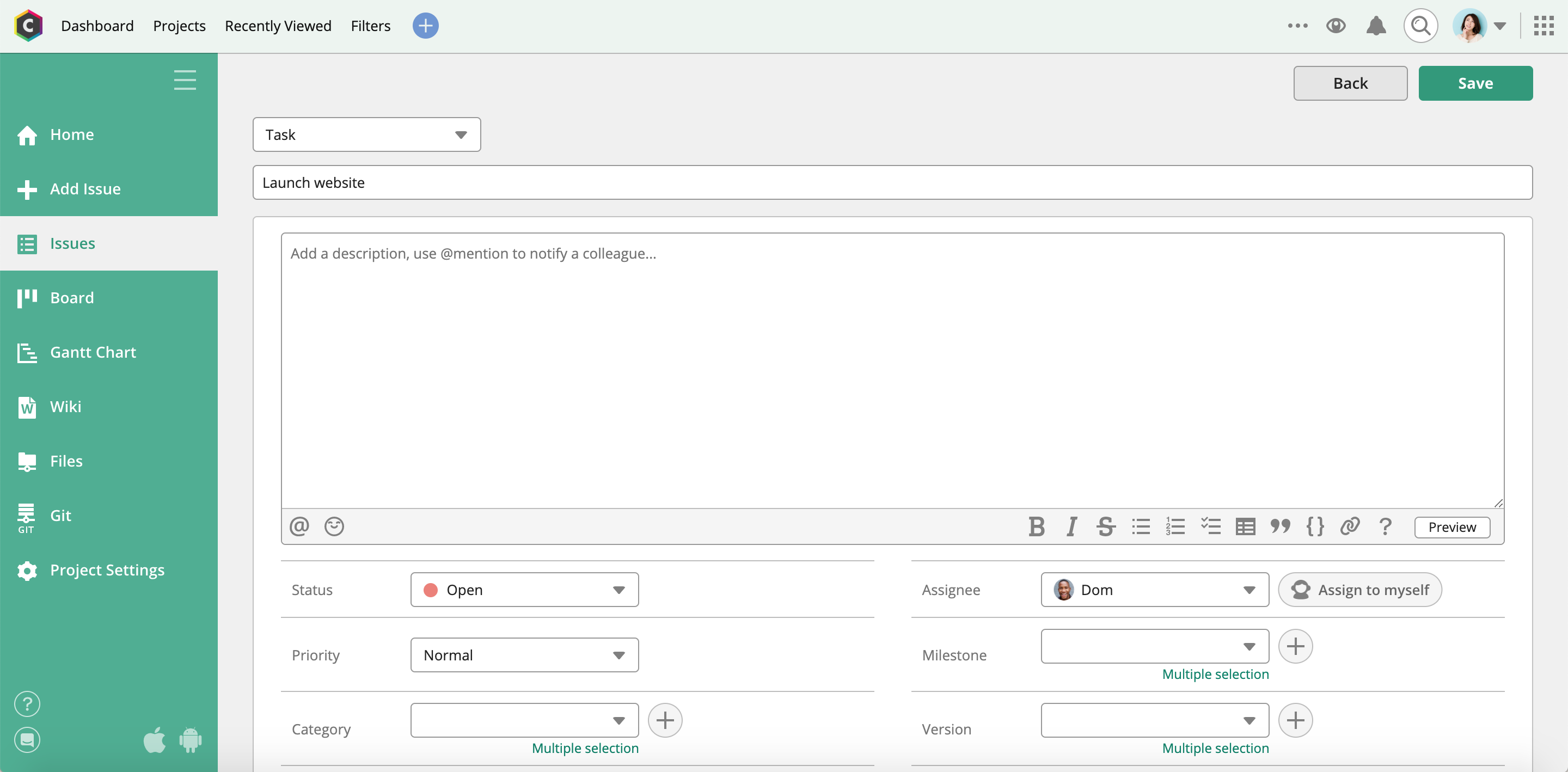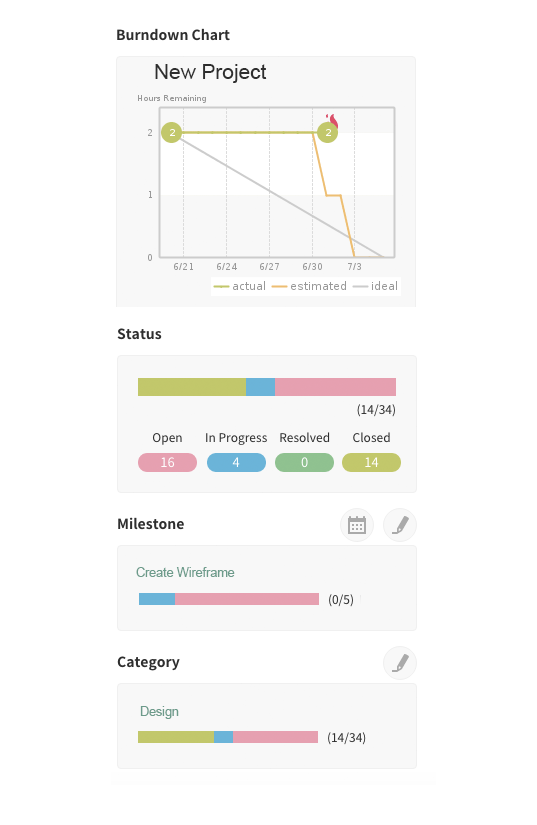4 tips for avoiding bad project management habits
Brandi Gratis
February 04, 2021
As a project manager, forming good work habits is essential for running a high-performing team. It’s always easier to prevent issues rather than treat them. So before bad habits have the chance to set in, establish these beneficial practices to ensure good project management habits set in first.
Don’t let negativity bring down your team
Your mission is to power an efficient and productive team. However, you can’t do that without also taking care of team morale.
A happy team will collaborate more naturally and produce better, faster work. As a project progresses and deadlines start to kick in, a positive work environment will go a long way. It’ll keep people motivated and encourage teammates to lift each other up when mental or physical exhaustion sets in.
Foster a collaborative space where all ideas are heard and discussed. Don’t let problems go unaddressed, and treat each person on your team and their feelings with respect. Your work environment should be a place where everyone can grow with the project.
As Ed Catmull, President of Pixar and Walt Disney Animation, once said, “A hallmark of a healthy creative culture is that its people feel free to share ideas, opinions, and criticisms. Lack of candor, if unchecked, ultimately leads to dysfunctional environments.”
Don’t shy away from detail in your Project Plans
A Project Plan is the backbone of any project. It’s a crucial piece of documentation that ensures teams know who is doing what, when their deadlines are, and what resources they will need and have available to them along the way. Without a detailed plan, it is impossible to reliably predict delivery dates, foresee upcoming issues, or adjust strategy quickly when necessary.
Begin with the goal and stated objective(s) of the project. Think about who the client is and how the outcome should represent their brand and fulfill their requisites. Define what your deliverables will be and what the finished project should look like by the end. Detail any necessary resources.
Once you know the goals, deliverables, and resources, it’s time to map out day 1 through project completion. This is where you begin to flesh out your timeline. Considering realistic time expectations, your team’s availability, budget constraints, etc., you can predict how long each portion of the project will take, which team members you will need, and when, and begin to set milestones. You will need to clearly define team vs. individual responsibilities to prevent any redundancies or gaps, as well as establish accountability throughout the process.
For the budgetary portion of your plan, you will need to itemize every last ingredient of the project. It sounds tedious, and it is; plus, you will likely add or change items over the course of the timeline. However, having this guide will keep you from overspending or losing control of the project’s progress.
Gantt Charts
Once you’ve decided on your plan and the timeline, you and your whole team can view every task and milestone for the project using Gantt charts. Using a timeline layout, the Gantt chart shows what tasks need to get done, when, and by whom using a month-by-month view. As a project manager, you’ll be able to keep yourself and your team on task. Better yet, when using Backlog, you can edit the chart in real time if your Agile team needs to make revisions as you work.
Don’t try to make things work without the right tools
An organized team is an efficient team. And with project management tools such as Backlog, you have the ability to digitally organize your project from start to finish.
Using Backlog, you can create multiple projects, track your entire team’s workload, and invite team members to collaborate directly. You can categorize and subcategorize your tasks. Each task can then be assigned with detailed information, including useful documents, status updates, and due dates. Comment sections let team members document updates, ask questions, and address problems.
By putting all your work into a project management tool like Backlog, you can create transparency across your entire project, get a high-level view of where every task is at any given moment, and see when each moving piece is expected to be completed. As your project develops, Backlog can act as an archive to reference for answering questions or explaining obstacles.

Don’t fall asleep at the wheel
A huge part of keeping your project on target is monitoring progress and ensuring that people take responsibility for their work. That’s why having a tool like Backlog (that makes monitoring progress so easy) is such an invaluable piece of the puzzle.
Backlog tracks project statistics for you. When you open up a particular project, the right panel hosts a variety of data for you to evaluate. A burndown chart shows progress over time, graphing time remaining versus work remaining as well as actual progress versus predicted and ideal progress. You can also see the status and number of all issues under that project. Milestones and categories are also graphed out in the same fashion. Depending on how you need to analyze these details, the right panel provides several viewpoints on how your project is going.

Monitoring every assignment of your team can seem like micromanaging if you approach it that way. But it’s actually a great opportunity to develop your relationship with your team by opening up communication with them throughout the process. The more easily you’re able to come to each other with updates and issues, the faster you’ll address problems and resolve issues. Tracking progress can, in turn, reinforce a positive work environment and encourage more interaction and productivity.
Making good project management habits
Make these (good) habits part of your project management routine. You’ll find you’re on your way to seeing your projects succeed.
This post was originally published on December 19, 2016, and updated most recently on February 4, 2021.



